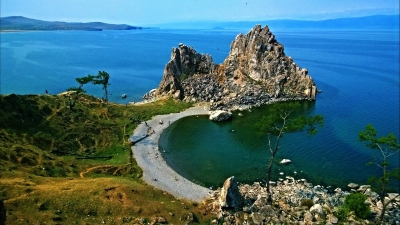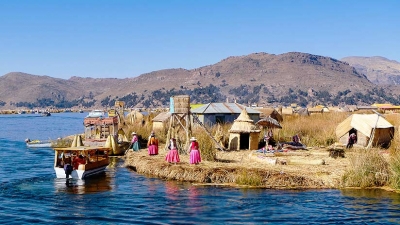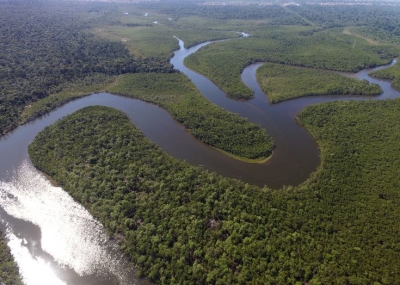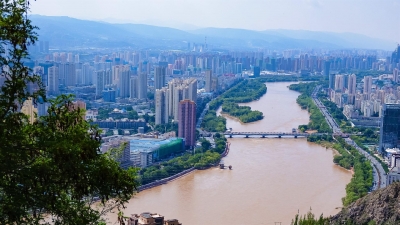Why is the Ganga said to be the longest river in India?
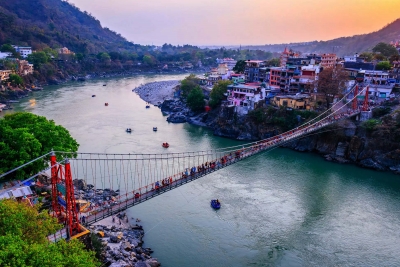
As per the overall distance covered by a river within the country, the Ganga is the longest river in India. Even though Brahmaputra and Indus are longer than the Ganga in total length, distances these two major rivers of the Indian subcontinent cover within the country is shorter than that of the Ganga.
Originating from the Gangotri and Yamunotri glaciers in Uttarakhand, the Bhagirathi and Alaknanda rivers meet at Devprayag to form the Ganga. Ganga covers the states of Uttarakhand, Uttar Pradesh, Bihar, West Bengal and then enters Bangladesh. Rishikesh, Varanasi, Kanpur, Prayagraj, Haridwar, Patna, and Bhagalpur are some of the major cities along the banks of this river. Son, Yamuna, Gomti, Koshi, Ghaghara, and Gandak are some of its major tributaries. It covers 2,525 kilometres before merging with the Bay of Bengal.
Picture Credit : Google
